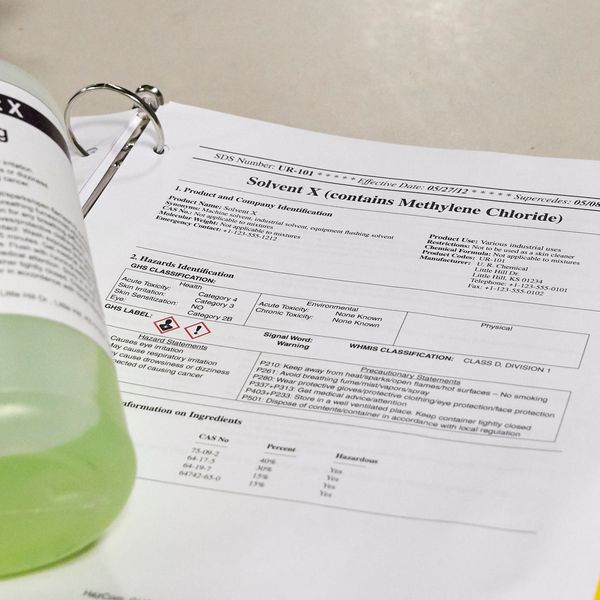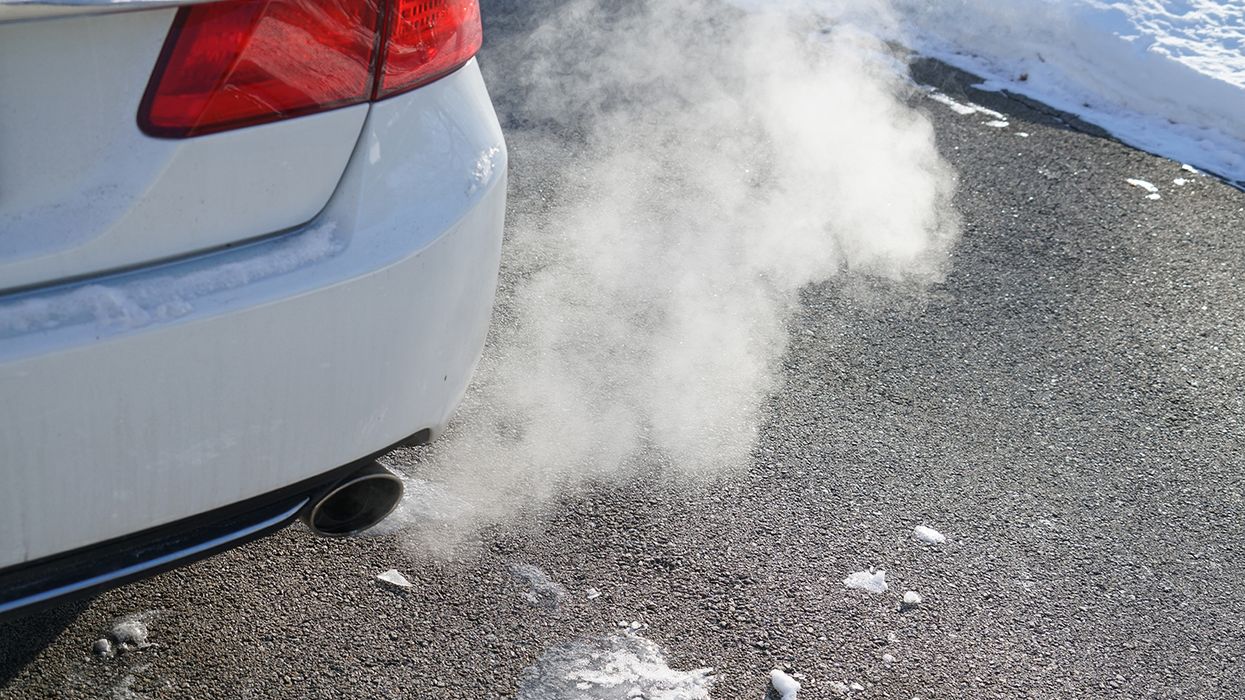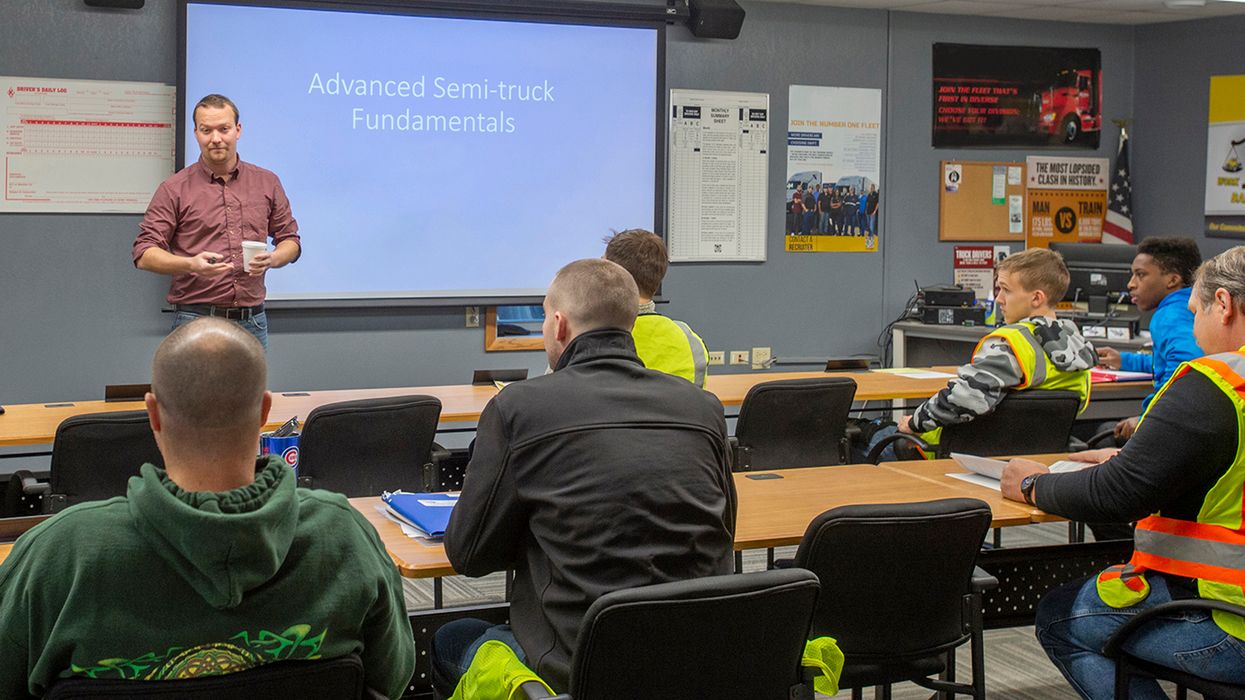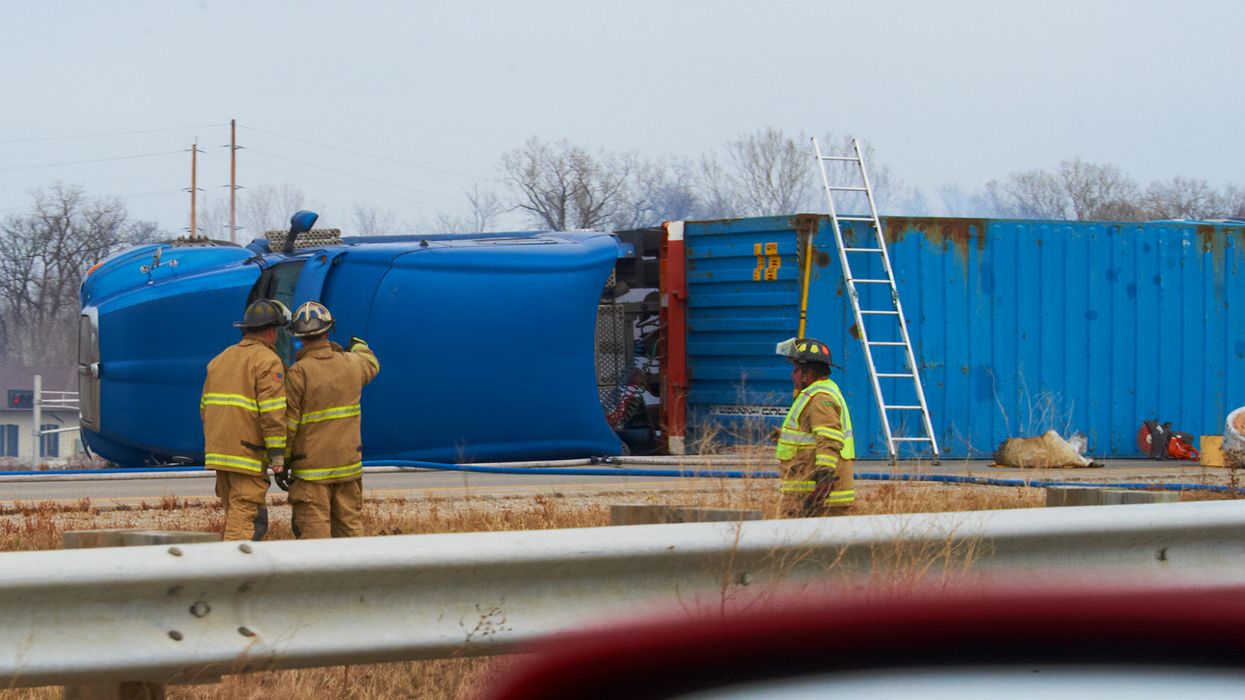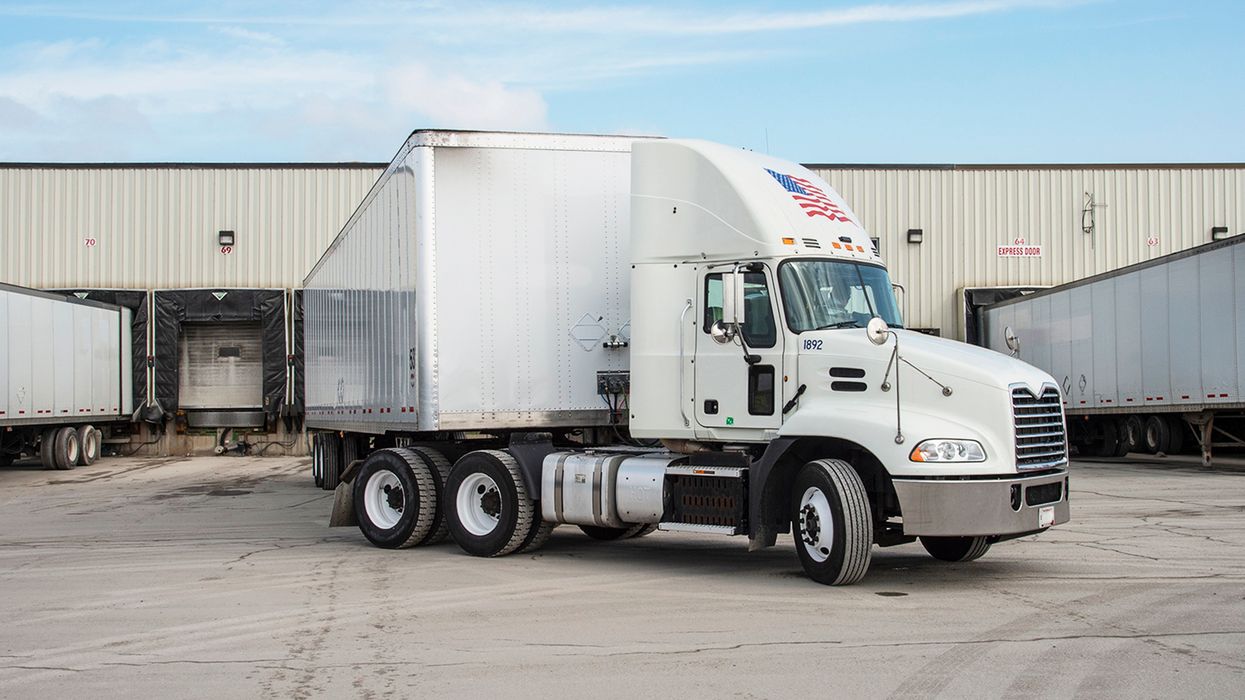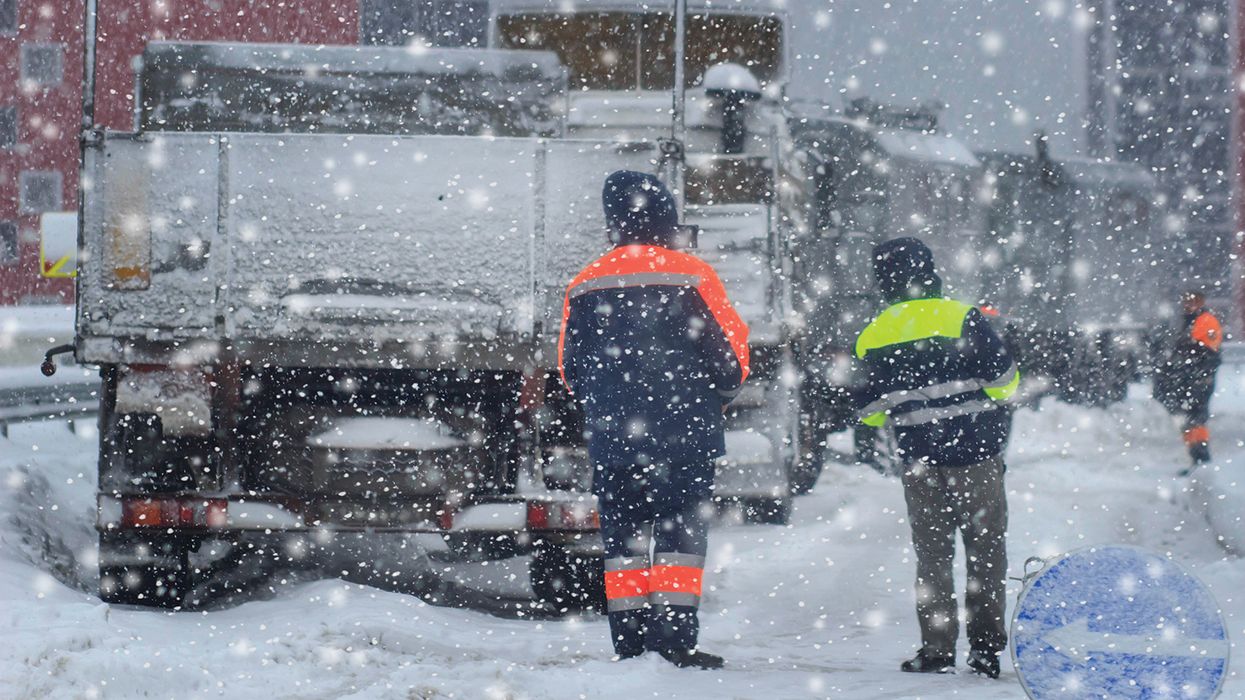What’s the holdup? The 6 stages of OSHA’s rulemaking process
Ever wonder whatever happened to a rulemaking you heard was expected “any day now,” and you’ve heard nothing about it in months … or even years? Take OSHA’s hazard communication rule, for example. The agency issued a proposed rule in February 2021, public hearings were held in September 2021, and then … what? Nearly two years have passed.
Following is a breakdown of OSHA’s rulemaking process and what’s involved at each stage.
Stage 1 (12 to 36 months) – Making the decision: Conducting preliminary rulemaking activities
- Identify health or safety hazard
- Conduct research and gather data to determine scope of problem; identify and obtain information needed for health effects analysis, risk assessment, technological feasibility analysis, and economic analysis
- Meet with internal and external stakeholders
- Identify regulatory and nonregulatory approaches
- Prepare timeline and identify needed resources, including need for advisory committee
- Prepare decision papers to obtain executive approval to proceed
- List Regulatory Action on Unified Agenda/Regulatory Plan
- Establish public rulemaking docket
- Develop and publish Request for Information (RFI) or Advance Notice of Proposed Rulemaking (ANPR) if needed
Stage 2 (12 to 36 months) – Developing the Proposed Rule
- Develop health effects analysis
- Conduct preliminary risk assessment
- Develop preliminary technological feasibility analysis
- Develop preliminary economic and regulatory flexibility analysis
- Draft proposed regulatory text and preamble
- Initiate Federalism and Unfunded Mandates analysis and make preliminary determination of impact on State, local, and tribal governments
- Prepare preliminary information collection analysis
- Continue discussion with stakeholders
- Consult with Advisory Committee on Construction Safety and Health (ACCSH) if rule affects construction industry
- Consult with Maritime Advisory Committee for Occupational Safety and Health (MACOSH) if rule affects maritime industry
- Conduct review process required by Small Business Regulatory Enforcement Fairness Act (SBREFA)
- Conduct peer review of health effects analysis, preliminary risk assessment, and preliminary economic analysis
Stage 3 (2 to 3 months) – Publishing the Proposed Rule
- Obtain approval to publish
- Plan for public hearings
- Submit to Federal Register for publication
- Submit preliminary Information Collection Request to Office of Management and Budget (OMB)
Stage 4 (6 to 24 months) – Developing and analyzing the Rulemaking Record
- Receive public comments; prepare for and hold public hearings; close the public record
- Review and analyze all written comments, exhibits, and testimony
- Prepare record summary and analysis
Stage 5 (18 to 36 months) – Developing the Final Rule
- Update and finalize health effects analysis
- Update and finalize risk assessment
- Update and finalize technological feasibility analysis
- Update and finalize economic and regulatory flexibility analysis
- Draft final regulatory text and preamble
- Complete Federalism and Unfunded Mandates analysis and make final determination of impact on State, local, and tribal governments
- Obtain all Agency and Departmental clearances
- Submit to OMB for review and clearance
- Prepare final information collection analysis
- Prepare rollout materials
Stage 6 (2 to 3 months) – Publishing the Final Rule
- Obtain approval to publish
- Submit to Federal Register for publication
- Submit Information Collection Request to OMB
- Send the final rule to Small Business Administration (SBA)
- Submit the final rule to Congress and Government Accountability Office (GAO)
Following the final rule’s publication, OSHA spends between four and 12 months developing and publishing a small entity compliance guide and other outreach and training materials, compliance directives, and letters of interpretation. The agency also responds to legal action during this time.
Key to remember
Rulemaking doesn’t happen overnight. It’s a long, drawn-out process with many factors to consider and legal requirements to follow to achieve the end result. And that hazard communication rule proposed nearly two years ago? The final rule is slated for publication in March 2023.








